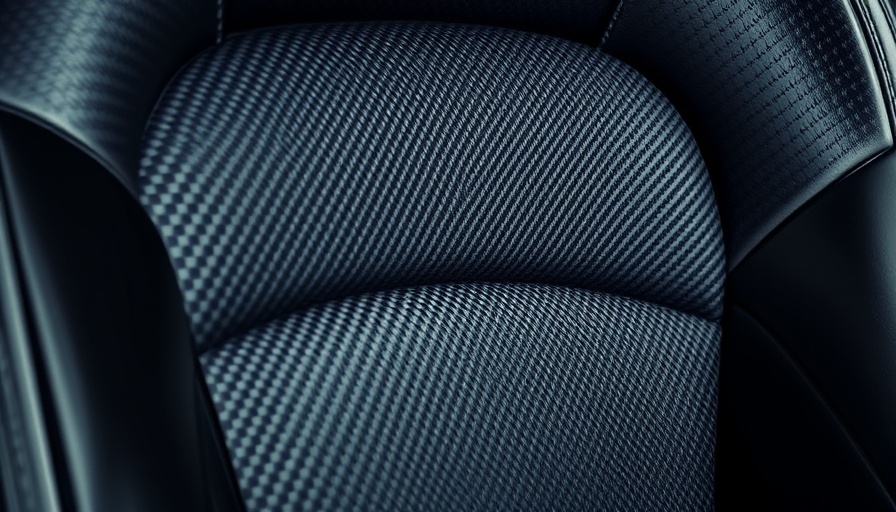
EU Plans to Label Carbon Fiber as Hazardous: What It Means for Automakers
The European Union is on the verge of a significant regulatory shift that could redefine the automotive landscape. With the proposal to classify carbon fiber as a hazardous material, the EU aims to ban this versatile and lightweight material starting in 2029. This amendment, introduced in the European Parliament, places carbon fiber alongside other hazardous materials such as lead and mercury, raising concerns about its safety in car manufacturing.
Understanding the Hazards of Carbon Fiber
According to the new amendment, carbon fiber filaments pose a risk if they become airborne and can cause skin irritation upon contact. This aligns with growing environmental concerns regarding the long-term impact of various materials used in industrial applications. As the automotive industry adapts to this potential ban, manufacturers will need to pivot to alternative materials that offer similar benefits without the associated health risks.
The Automotive Industry's Heavy Reliance on Carbon Fiber
Carbon fiber currently sees extensive use in the automotive sector, accounting for approximately 20% of global consumption. It is particularly favored in high-performance vehicles for its strength-to-weight ratio, enabling manufacturers to improve fuel efficiency and performance. Brands like BMW, renowned for their sporty models, heavily utilize carbon fiber in exterior designs and interior luxury features. The proposed ban could create a significant hurdle for automakers who depend on this material to produce racy interiors that appeal to performance enthusiasts.
Industry Response: Navigating Challenges Ahead
With the size and influence of the automotive sector, any changes to material usage will inevitably encounter resistance. It's likely that automakers will voice concerns regarding the ban, citing potential impacts on product performance and customer satisfaction. The innovative landscape of automotive manufacturing relies heavily on materials like carbon fiber—any shift away from this staple must be scrutinized and justified with viable alternatives backed by data.
Future Insights: The Road Ahead for Automakers
As the proposed ban approaches, automakers will need to innovate quickly. Research and development into alternative lightweight materials, such as aluminum alloys and advanced composites, must be expedited to mitigate the impact of the ban. Additionally, manufacturers will have to explore recycling methods and sustainable practices to align with the EU’s environmental goals. A proactive approach will be essential to adapt to these regulatory changes while continuing to deliver high-performance vehicles that meet consumer expectations.
In conclusion, the EU's plan to label carbon fiber as hazardous material raises crucial questions for the car manufacturing industry. As regulations potentially dictate new norms, it will be important for automakers to stay ahead by investing in research and adopting sustainable practices. Whether this will lead to a significant transformation in the automotive sector remains to be seen, but one thing is clear: change is on the horizon.
 Add Row
Add Row  Add
Add 




Write A Comment